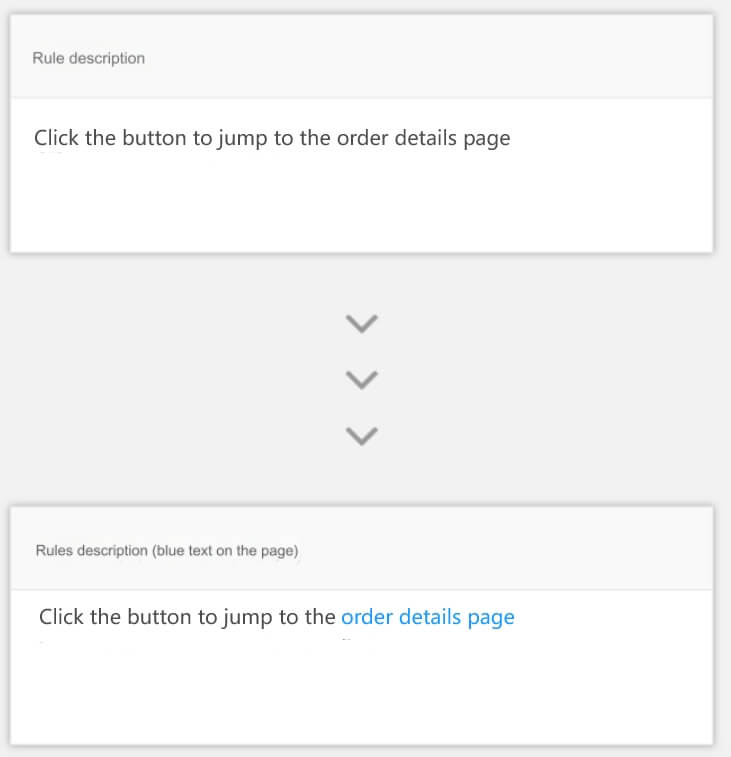If You Pay Attention, You’ll Notice That the Best Product Managers in Any Company Are All Master Storytellers
Now, I don’t mean they’re spinning tall tales to keep the boss happy. No, these product managers hold a magical key called “storytelling.” With it, they effortlessly open the doors of communication, allowing information to flow quickly and accurately.
What is the primary task of a product manager? Is it designing product features? Managing product processes? Training sales teams? Or handling after-sales issues? When you boil it down, it’s just one thing: communication! That’s right, it’s all about transmitting information.
They transform market trends into golden new product opportunities, making the boss's eyes light up and convincing them to willingly open their wallet, dispatch teams, and allocate resources. They translate the clients’ wild ideas into a language that developers can understand, so they happily burn the midnight oil. They boast about the product’s advantages, turning them into catchy sales pitches, so salespeople can confidently head out into the field. They weave customer success stories into captivating scripts that make other clients eager to get involved. These tricks sound simple but are tough to execute. Yet, once you’ve mastered them, you’ll thrive on the path of a product manager.

1. Creating New Products is Like “Selling Dreams” to the Boss
Some product managers pitch new products to their boss with lines like, "Boss, I think this product will take off. Even a few clients and sales reps have nodded in agreement."
But our boss has sharp eyes! Without data to back it up, sweet talk alone won’t cut it!
A product manager’s job doesn’t end with writing product requirements. There’s so much more to do from concept to launch. When a product goes from zero to hero, the journey isn’t easy. Yet a product manager often becomes the “idea factory” that the company relies on to keep the wheels turning.
Speaking of data, don’t imagine it’s like those TV dramas where the protagonist throws down a file and says confidently, “Research complete, invest, guaranteed profits!”
In reality, it’s more like hunting for spare change in old couch cushions—resources are limited, and research channels are like a game of hide and seek. The data you find may look as filtered as a glam selfie, beautiful but hard to tell if it’s real, leaving you with doubts.
And so, launching new products often turns into a "battle of the minds" between the boss and the product manager.
The product manager’s ideas soar to new heights; the boss, holding the power of resources, slams the table and declares, “Let’s do it!” They shake hands, full of excitement, and proceed, driven by dreams alone.
Ultimately, what convinces the boss is the picture you paint of this new idea—a future so bright and exciting that it feels like a guaranteed win.
Take our company, for example, a few years ago. We boldly invested millions in a high-tech project: an automatic detection system to catch drivers using high beams at night.
Why take such a risk?
It all started with a veteran from the traffic industry who had recently joined us. This guy had worked in the traffic sector for over a decade, and catching high-beam violators was his specialty. He laid out his "battle map," showing us exactly where his clients were loyal and how many projects he had successfully handled. His pitch was so vivid, it felt like he held a treasure map of the traffic industry.
His killer line? “This market is wide open! With new policies last year, it’s easy to hit a small target in one year!”
After hearing this, who could stay calm? That “small target” was the key to our company going public! So, we dove right in, no second thoughts.
What happened? After a year of spinning around the market with his “sales dream team,” the guy didn’t bring back a single dime in orders.
In the end, the boss labeled him a fraud, and the entire sales team was shown the door.
See, when your story is good enough, even the boss can be fooled!
2. Stop Debating with Developers About Features—Talk About “Customer Adventures” Instead
Look over there—another “debate” between a product manager and a developer. The theme this time? The product manager wants to add a new feature or tweak a requirement, and the developer is shouting, “Dude, are you kidding me? These constantly changing requirements are driving me nuts!”
The product manager retorts, “Who’s giving you a hard time? It’s not for me—it’s for the customer. Just do it!”
This is where many product managers stumble: they don’t know how to talk to developers. Often, they end up being blamed for bad product design, or their requests are met with resistance.
Why does this happen? It’s simple: they don’t know how to tell a good story!
Imagine if you described a real customer’s day-to-day struggles: how they use your product, what challenges they face, and then you softly suggest, “Hey, this new feature was designed to solve their exact problem.”
Once you tell that story, what could the developers say? They can’t argue with a customer’s experience!
Why do developers nitpick your requirements? Because they think you came up with it on a whim, without any customer validation.
Switch perspectives: if you can’t even come up with a convincing “customer adventure,” then you’re probably just over-engineering the product and creating headaches for everyone involved!
3. Transform Sales Training—Don’t Let “Knowledge” Turn Into a “Lullaby”
During sales training, product managers often perform a solo show, while the audience drifts into a sea of dreams.
“Can’t understand it, and definitely can’t remember it.” That’s the common feedback from sales after these sessions.
Let’s be real: when you dump product features and benefits on them, expecting them to digest and turn it into “customer-friendly” language on the spot, you’re setting 80% of your sales team up for failure.
Our brains love stories, not cold, hard facts. When you recall past events, what comes to mind first? It’s those vivid stories, right?
So, when introducing a product, don’t just say how great it is. Tell a story about how it shone in the hands of a client, how it helped them discover valuable insights.
And instead of talking about how your product crushes the competition, share a real case where your product outperformed the competition. Talk about the key features that made the difference and left the competition in the dust.
Salespeople love “battle stories.” They eat up tales of how one salesperson charmed a customer or how another skillfully handled tricky client questions. These are stories they can instantly grasp and replicate.
Where do you find these stories?
Easy! Every time you close a deal, have a chat with the salesperson involved. Their firsthand experiences are the best teaching material!
4. Clients Pay for Stories, Not Just Products
Last week, I accompanied a product manager to present a new product to a client. I took the role of the “newbie,” standing on the same level of understanding as the client.
As I listened, I spotted several issues!
The product manager started rattling off a list of features like it was a foreign language lecture. It was a fantastic way to lull the audience to sleep. The moment you lost focus, you were lost for the rest of the presentation.
At first, I thought this was just a “skill gap” between different product managers, but now I see it’s more about perspective.
Product managers rarely get to be the audience—they’re usually the main actors in the show. It’s hard for them to understand what it’s like to be on the receiving end of a presentation.
Digging deeper, there’s an even bigger issue: they lack the essential ingredient—customer stories! Without stories, even the flashiest features fall flat.
For example, we were introducing a product related to public safety data analysis. The product manager explained, “We extract key details from case information to find patterns in criminal behavior, like where drunk driving incidents often happen.”
Okay, I get it, but it’s still a bit fuzzy.
Now listen to the story a client shared with me:
“A prosecutor reviewed traffic violations in a commercial district and found that 40% of dangerous driving incidents happened near a specific entrance. After investigating, they discovered that drivers couldn’t easily locate the parking lot, so many chose to drive a short distance despite being drunk. This led to accidents. After we recommended adding more signage, there were zero incidents in the following three months.”
That story brings the product to life! You don’t need to explain anything more—the client already gets it.
In short, customers don’t buy products—they buy the stories behind them.
Final Thoughts
After all this talk, you might be wondering, “Where do I find these great stories?”
Don’t worry, I’ve got two shovels to help you dig up a treasure trove of stories!
First shovel: Go straight to your clients! Build relationships, chat about their journey, and gather all the stories they’ve lived through, heard of, or learned. This is pure gold—authentic and straight from the source!
Second shovel: Dive deep into your industry! Seek out classic case studies—they’re like treasure maps, leading you to a story vault. As you read, you’ll feel like you’re in a storytelling wonderland!
But remember, the key step: take notes! Develop a “story-collecting obsession.” The moment you hear a good one, jot it down!
With a stockpile of stories, you’ll have the ammo you need for every situation—whether it’s reporting to the boss, inspiring the development team, boosting sales morale, or captivating clients. You’ll be unstoppable!







